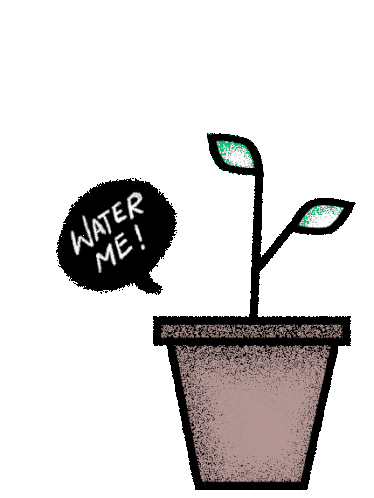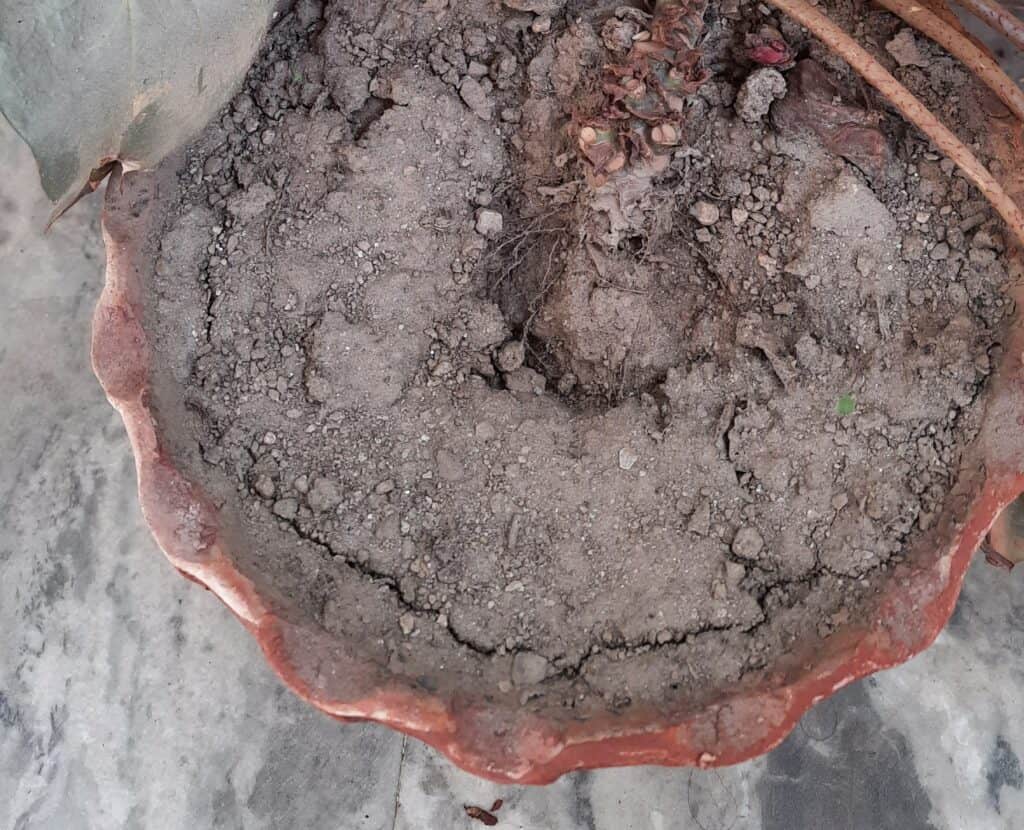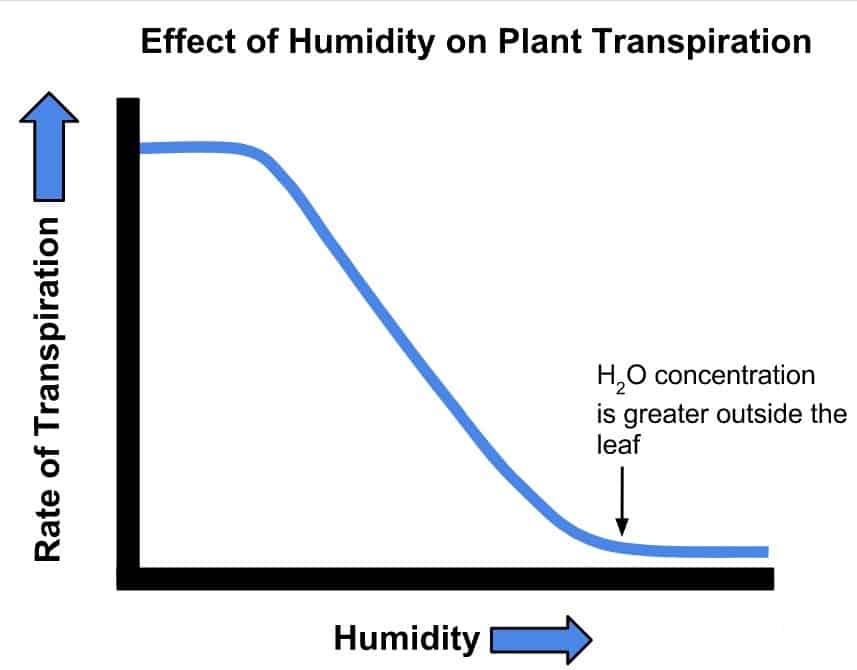My cousin gifted me a Prayer plant some time ago. Everything was going pretty well until it began to exhibit signs of death one day. It would be devastating, so I came up with a plan to revive it.
It would be a pity if this plant succumbed to unfavorable environmental circumstances and other anomalies. Prayer plants can be haunted down by overwatering, pests, and other problems.
To revive the Prayer plant, remove the dead leaves, let the soil dry out completely, spray the plant with pesticide and increase the humidity as soon as possible.

You need to properly identify the symptoms and causes of the deterioration of your plant. This way, it would be easier to go on with the revival process.
Let’s know about the causes, symptoms, and how to revive them.
Table of Contents
Signs of a Dying Prayer Plant
Prayer plants give out the hint of their demise by exhibiting different signs. Be on guard and watch out for them.
Here is a table showing all the symptoms and their possible causes.
| Signs and Symptoms | Possible Causes |
|---|---|
| Wilted Plant | Improper drainage, Pests, Low Humidity, Excessive Light |
| Loss of Leaves | Overwatering |
| Loss of Variegation | Excessive sunlight |
| Dry Crispy Leaves | Underwatering, Too much sunlight, Low humidity |
| Soft, Brown Stems and Leaves | Overwatering |
| Spots on Leaves | Diseases and Pests infestation |
| Yellow leaves | Lack of fertilizers, Overwatering |
| Leaves Curling | Temperature Extremities, Underwatering |
| Root Rot | Overwatering |
| Leggy Growth | Inadequate sunlight |
How to Revive a Prayer Plant | The Easy Way Possible
Different factors may be the cause of the deterioration of your Prayer plant. Let’s talk about the causes and revive your plant affected by that cause.
1. Improper Water Schedule
Maintaining a perfect watering schedule is essential for Prayer plants. They prefer to remain damp, but they despise being watered too frequently.
The leaves dry, curl up, and the plant wilts if you underwater them. Similarly, overwatering can cause root rotting, and the plant starts dying.

As it is native to Brazilian rainforests, they are highly prone to problems due to underwatering. At the same time, overwatering can cause other issues like pests and fungal diseases.
In a few cases, contaminated water causes the plant to have irregular growth, stunted appearance, and discolor.
Immediate Steps of Revival for Overwatering
- Stop watering your plant for a few days and let them heal independently.
- Immediately move the plant to a shady area to protect the plant’s upper leaves.
- Take the roots out of your plant and dry the roots faster.
- Check for root rot and remove the affected roots. Look for roots that are brown and mushy. Use fungicides to recover and avoid spreading the rot to other roots quickly.
- You can consider repotting the plant to a potting mix with good drainage.
Immediate Steps of Revival for Underwatering
- Immediately hydrate the plant by submerging the entire plant in a large container full of water for 15-20 minutes.
- Move the plant away from strong sunlight and keep the temperature around the plant in check.
- Prune the damaged stems and leaves.
- You should mist the plant for a few days to give additional moisture content.

Preventive Measures
- Water your plant 3-4 days a week or when the top 25% of the soil is dry during summer, and don’t let the soil dry out completely.
- Always water the plant with water at room temperature.
- Water the plant only after checking the soil moisture by doing the finger test.
- You can go for top or bottom watering techniques, but ensure the water drains out properly.
- Increase your watering frequency in summer and water less in winter.
- It’s best to avoid using a too big pot for the plant. Larger pots hold water for too long. Use a suitable pot with good provision for drainage.
- You can use rainwater or distilled water to get better results. They have a presence of nitrates which are better for plants.
2. Inadequate Humidity
Tropical plants like the Prayer plant thrive in high humid conditions. They are native to conditions where the air and environment are moist.
If you cannot maintain a humidity level above 50-60%, the plant will exhibit signs like crispy leaves, limpness, and droopiness.
If your home is frequent with dry air, your Prayer plant is in grave danger.

Immediate Steps of Revival
- Add some moisture to the soil immediately.
- Mist the stem and leaves of the plant.
- Group the plant with other plants to create a “humidity sharing” environment.
Preventive Measures
- Maintain a humidity level of 50% and above. Anything less can be life-threatening for the plant.
- Invest in a moisture meter to keep the soil moisture in check.
- Mist the plant regularly to fulfill its moisture needs.
- Get this amazing humidifier from Amazon and place it near your plant.
- Pebble trays work a good deal in maintaining the humidity.

3. Improper Lighting Condition
As Prayer plants hail from Brazilian rainforests, they love the sunlight on them.
However, if the plant receives too much sunlight, the leaves will become scorched, and the plant will begin to dry up, wilt, and eventually die.
Other symptoms you should look out for are curling and browning of leaves edges.
Prayer plants will flourish the most in bright, indirect light. That’s the main reason to keep it away from the sunny windows. Low light will cause new leaves to appear solid green, and the plant will lose its variegation.
According to ncbi.nlm.nih.gov, low light directly affects the photosynthesis property and antioxidant enzyme activities of the plant.
These plants contradict their tropical roots as they can do well in low light conditions. But the main enemy of this plant is too much sunlight.

Immediate Steps of Revival
- Relocate the plant from extreme light conditions and place it in a spot that can provide bright indirect sunlight.
- Put some shade over the plant to prevent it from dying.
- In case of low light damage, prune out the leaves; otherwise, the greenery will take over the plant and lose its variegations.
Preventive Measures
- Avoid placing your plant outdoors exposed to too much sunlight.
- If your plant is situated in a south-facing window, use a translucent curtain to put a shade over your plant.
- Do not place your plant too close to the window.
- If a tree is near your window or balcony, you can place the plant in the shade of it.
- If the lights in your area are low, you can opt for artificial grow lights instead.
Also watch,
4. Infestation of Pests
Pests take the top spot in the list of “things that can kill a Prayer plant.” You can find common pests like aphids, mealybugs, and spider mites on this plant.
The plant can be gravely affected by these pests as they can cause wilting, eventually leading to plants’ succumbing.
These pests mostly attack the plant’s leaves, taking up all of the plant’s nutrition. As a result, the plant begins to wilt and eventually die.
Sometimes they leave honeydew on the plant, which causes sooty mold.

Immediate Steps of Revival
- To prevent the infection from spreading, prune the damaged leaves and stems and burn them.
- Isolate the plant from other plants and check other plants too.
- Rub the leaves of your plant with rubbing alcohol.
- Immediately apply horticultural neem oil or insecticidal soap to your plant. Keep spraying it for a few weeks.
- Wash your plant with a strong water stream and remove any presence of bugs.
Preventive Measures
- To prevent pests infestation, one of the things you need to avoid is Overwatering.
- Occasionally wipe the leaves with a soft, damp cloth to prevent pests from attacking.
- Maintain a high humidity around the plant. High humidity will keep a few pests away.
5. Nutrient Deficiency
Prayer plant needs different nutrients to grow up to be healthy plant.
These nutrients are in the form of (1). Macronutrients: Potassium, Nitrogen, Phosphorus, Sulphur, Calcium, Magnesium. (2). Micronutrients: Copper, Manganese, Zinc, Iron, Boron, and Molybdenum.
Lack of nutrients can change the foliage’s color to lose its color and brown, and the plant eventually dies. It also leads to a condition called chlorosis, where all the leaves turn yellow due to the lack of chlorophyll.

In their native area, Prayer plants get most of the nutrients they want from the dead leaves and branches around them.
Immediate Steps of Revival
- Don’t let your plant be cramped for too long. Repot it to another larger pot to allow the roots to grow freely.
- Feed the plant with necessary fertilizers to bring it back in no time.
- You can use a nutrient-specific additive to provide the plant with missing nutrients.
- Apply organic or inorganic fertilizers to correct nitrogen deficiency. However, nitrate or ammonium-based fertilizers work the fastest.
- Provide your plant with Nitrogen-rich fertilizer.
Preventive Measures
- Occasionally feed the plant with fertilizers that contain a suitable amount of nutrients.
- Plants get oxygen, hydrogen, and carbon from the water. So, make sure to fulfill their watering needs.

Conclusion
Prayer plants can lighten up any sad corner of your house. Their leaves are beautiful in a unique way.
These plants will end up wilting and dying if you don’t provide them with proper care. But, this same plant will flourish and brighten your day if they get suitable conditions.
Good luck with your Prayer Plant.
Ever wondered how many types of Prayer plants are there? Read “15 Different Types of Prayer Plants“

4 comments
I have had my prayer plant for three years and it has been very happy. Then a month ago suddenly one day the leaves all dropped and curled and wilted and I cannot revive it! I’m devastated.
I can’t work out what it could be, I’ve been running the humidifier, the light and watering schedule haven’t changed. There’s no discolouration or spotting of the leaves and I can’t see any bugs. The roots look fine. I’ve fed it fertiliser. No improvement.
Please someone help!
Hello Sophie Wilson. Seeing your pretty prayer plant lose its composure can be devastating.
Can you check the following things?
Is your plant getting too much sunlight then it’s supposed to? As extreme light is the prime cause of the leaves wilting. If yes, try changing the location of your prayer plant and place it in a shade of a tree or curtain.
As for the watering schedule, you need to change the frequency according to the season. In winter, you can significantly reduce the watering frequency, while in extreme summer, you may need to water your plant more frequently.
Did you let your soil dry out completely more often? Curling of leaves is usually associated with watering problems.
Can you also check if the pot is too big for your plant?
Also, the quality of water has a greater effect on the plant’s health. Try distilled water for your prayer plant.
Hope this helps. I hope your plant gets back to full health in no time. Keep me updated.
“Water your plant 3-4 days a week, and don’t let the soil dry out completely.”
3-4 times per week? That sounds like a disaster.
As a plant that cannot withstand dry soil, Prayer plant water requirements are quite high. During summer, you must ensure that you do not let more than 25% of the soil from the top dry out. Hence, the frequency I stated is directed towards Prayer plant care in summer. I apologize for not mentioning the season; I have updated it now. Kindly share your experience with your Prayer plant, so we all can learn something new.